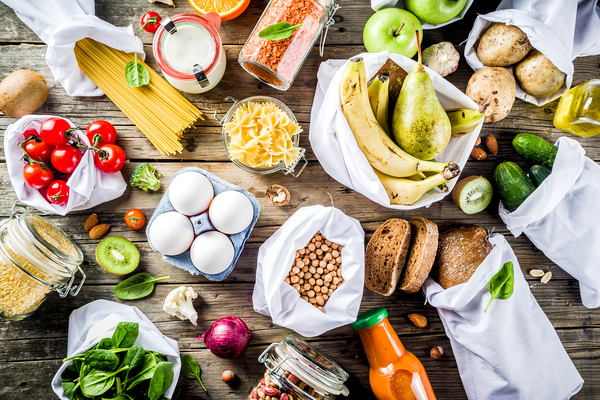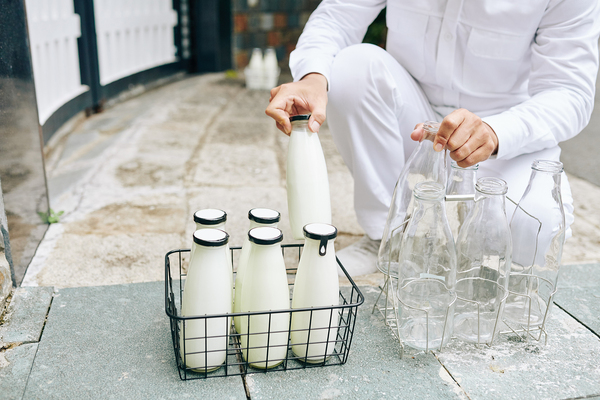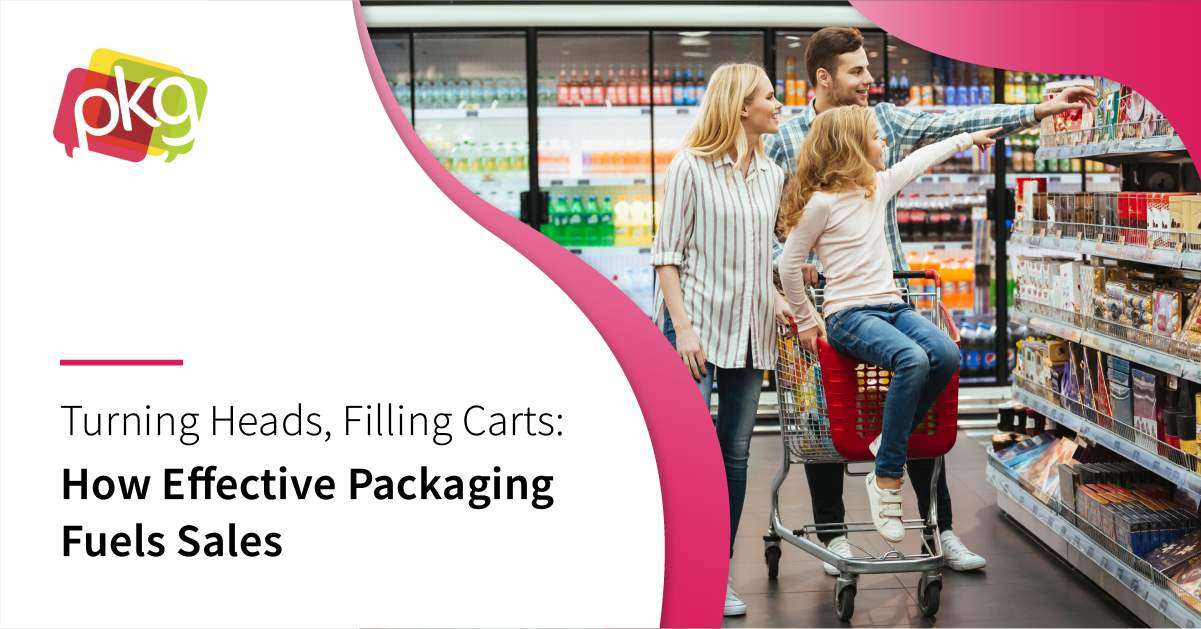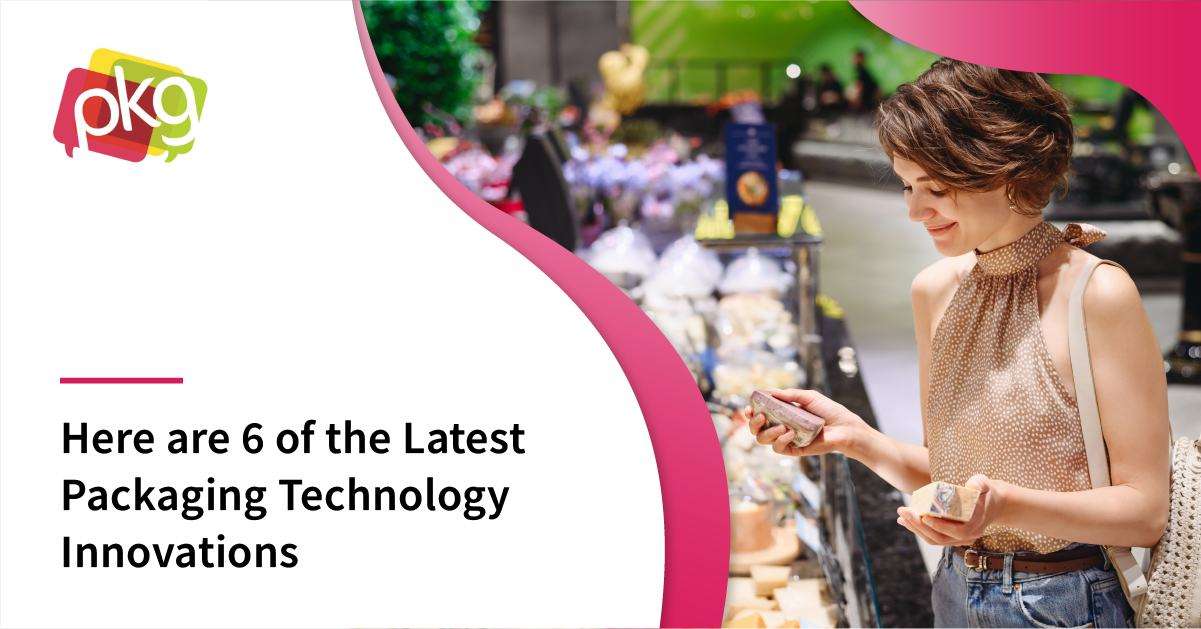
One of the most significant changes in CPG packaging trends over the past decade is the growing demand from consumers to create sustainability in our products. The rise of millennial and gen-y consumers virtually guarantees that corporations will continue to find a way to promote reusable packaging for their products. What will this look like going forward?
The Next Eco Evolution in CPG Packaging
From meal-kits to replenishable recycled packaging, CPG brands have been changing their approach to include socially-responsible efforts to give consumers what they want. Many companies are establishing a delivery service that brings the product to the consumer's home. Then when they're finished, companies pick up the empties, professionally clean them, and reuse them for the next customer. If this sounds familiar, it is; your grandparents experienced this in the days of milk delivery.
Consumer Goods online magazine reports, "Some of the world's biggest consumer packaged goods manufacturers, including Proctor & Gamble, PepsiCo, Nestle, and Unilever, will soon offer products in reusable containers to enable a zero-waste system that harks back to the days of the milkman." Here are some other examples:
- Amazon knows what your cats (and kids) want. In addition to recycling their CPG packaging materials, they are now turning their shipping boxes into crafty containers that can be repurposed into a rocket, a kitty condo, or a car.
- In Italy, Cantina Goccia vineyard has developed an innovative paper wine bottle for its 3Q Sangiovese red product. Their "frugal bottle" is created from 94% recycled paperboard assembled around a food-grade liner to hold the wine. The product is up to five times lighter than a glass bottle, potentially saving shipping weight costs. The entire product can be thrown into the paper recycling bin and uses up to 77% less plastic than standard packaging for wine products.
- Loop offers consumers a new way to shop for their favorite consumables with zero-waste. The concept is that the consumer will place a refundable deposit, then borrow the packaging that holds their favorite product. When they're done, they simply drop the container in the Loop box, and the company professionally cleans and reuses it. Some of the brands soon to evolve into Loop include Pantene, Oral-B, Pampers, Always, and Haagen-Dazs.
- Wild has a refillable deodorant subscription service in the U.K. that is now shipped in a refillable three-pack CPG package made from recyclable bamboo pulp. Their product is vegan, cruelty-free, and environmentally neutral for the most part.

Recycling a Growing Priority for CPG Brands
CPG packaging has been tipping its collective toes in the water of recycling for years. They now know there is a substantial manufacturing savings to be found in developing more eco-friendly products. The latest numbers show that a global reduction of just 20% in our reliance on single-use plastic "offers an opportunity worth at least $10 billion." When you couple their explorations with the collective buying power of the millennials and Gen-Y, it seems clear that sustainability will be a growing trend in the years to come.
PKG Brand Design is always on the forefront of new CPG branding and packaging initiatives; please subscribe to our blog for the latest package design industry news!







